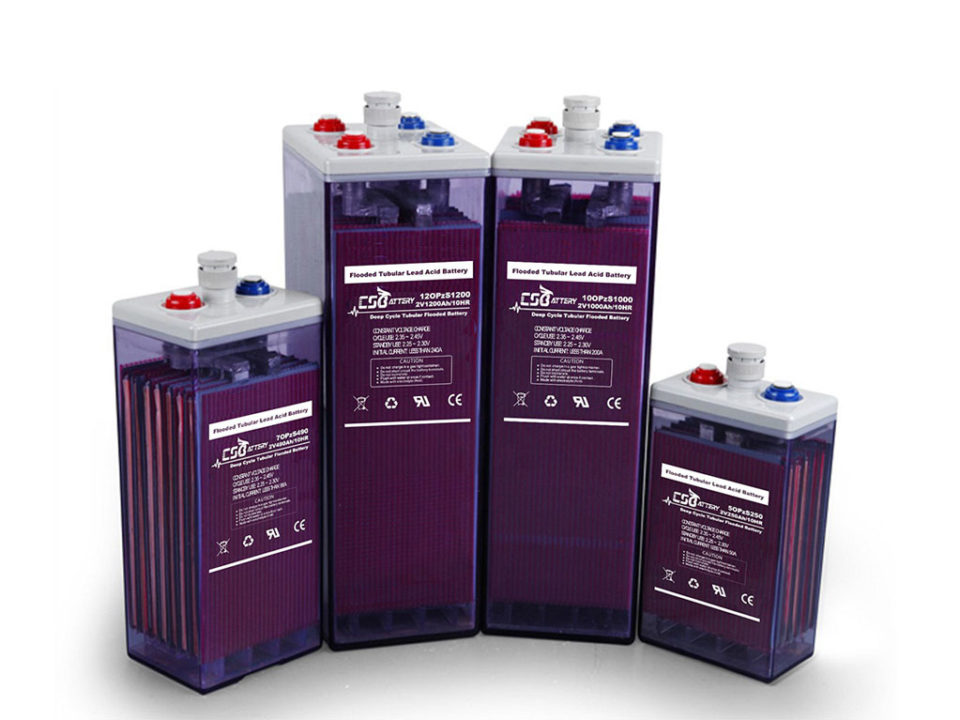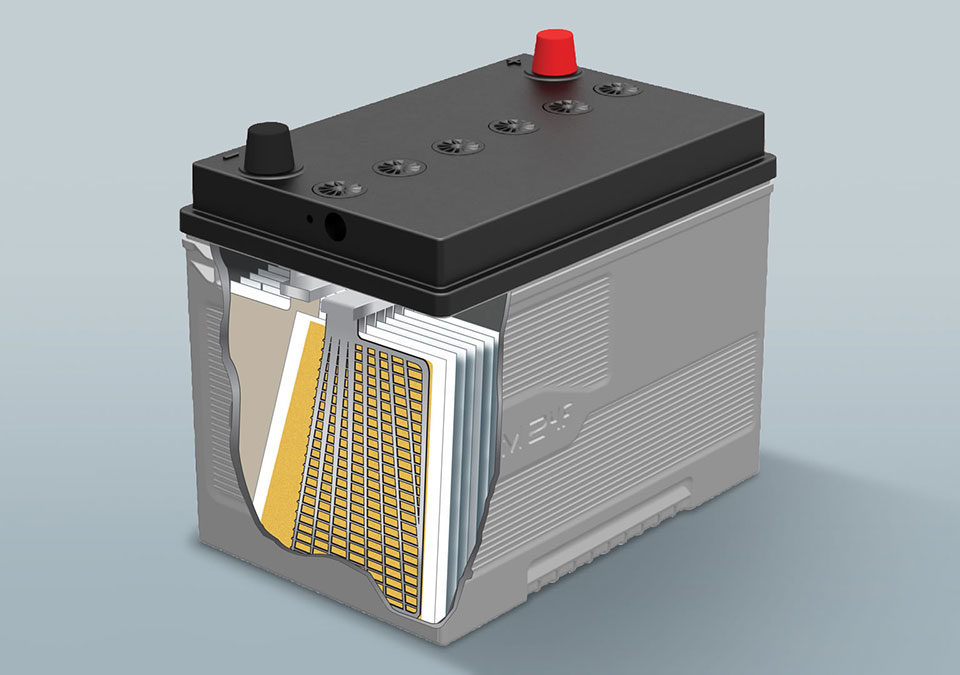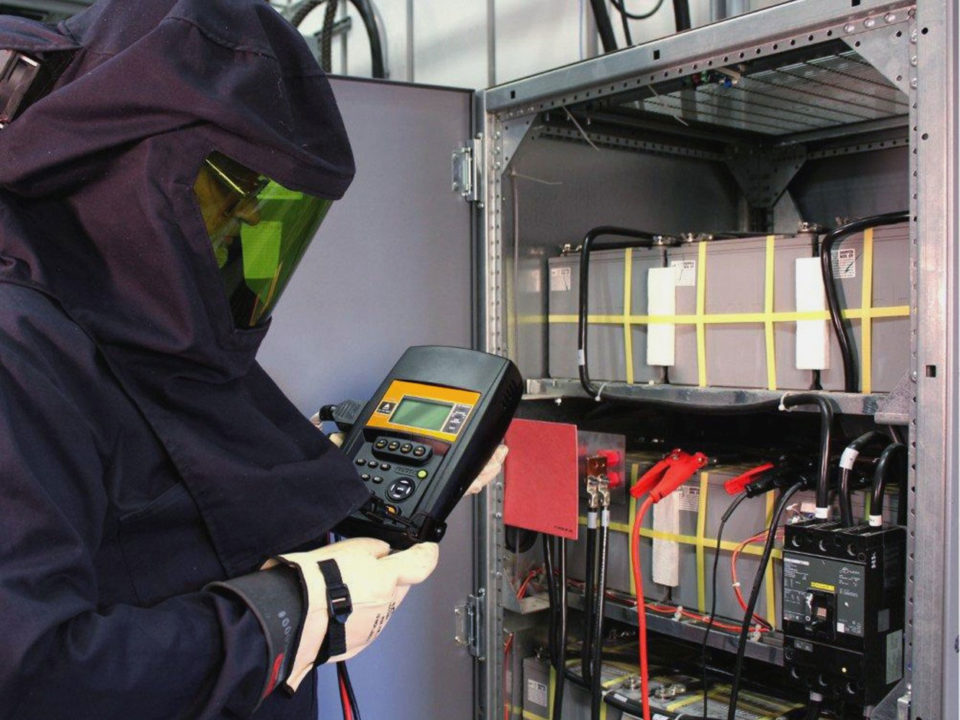What is a Solar Inverter and how does it work and types of solar inverters?

A solar inverter is the component in your solar panel system. Which changes the direct current (DC) electricity captured by the solar panels, into alternating current (AC)? AC current is the standard flow of electricity required to power your home appliances and connect to the National Grid. It is usually equal to either 120 volts or 240 volts depending on the country. Simply without a solar inverter in your system, you would be unable to power your home safely from your solar energy.
As a solar panel system is only as efficient as its weakest part, a high quality inverter is an essential part of your panel set up. Capable of maximising the available energy being generated by your Solar Panels. The importance of inverters are often overlooked during the design stage, but not here at Deege Solar.
What does a Solar Inverter do?
PV inverters are considered the brains of any Solar PV system. Their essential features include:
- The ability to convert direct current to alternating current.
- Maximising power output.
- Communicating with the National Grid.
- Giving feedback information about power production.
- Ensuring that your solar PV system is operating safely.
The Different Types of Solar Inverters
There are four main types of solar inverters.
- String inverters,
- Micro-inverters, hybrid inverters
- Power optimizers.
In this blog we will explore the key characteristics of each kind of solar panel inverter. So that choosing the right solar inverter for your system couldn’t be simpler.
String Inverters
A String Inverter relies on the oldest most basic form of inverter technology. A ‘string’ is a chain of solar panels that are arranged into groups or rows, connected in series. In order for a string inverter to work efficiently all the panels in a string must be at the same pitch and orientation. Multiple strings can be connected to a single inverter, in fact many string inverters have 2 or even 3 MPPTs (Maximum Power Point Tracking). This means that you can have a different string of solar panels on each MPPT. This is ideal for an east/west set up, where the two strings of panels will have an unmatched solar generation.
A Reliable trusted form of technology, which allows for multiple strings of panels.
Limited design flexibility which may not suit more complicated projects.
If one panel is damaged or shaded the performance of the entire system is affected.
Micro Inverters
Micro inverters are a relatively new technology, becoming a popular choice amongst home solar PV systems. Whereas as solar panel system on a string inverter is impacted by a fault or shading on a single panel, a micro inverter system solves this problem. This is because in a micro inverter system each individual solar panel has an inverter to itself, therefore isolating any issues. As a result, micro inverters are often considered as the way to install more solar panels onto a roof. As shaded areas are no longer a no go or the need for mixing orientations no longer becomes an issue. Despite being generally more expensive than your classic string inverter, a micro inverter system is set to increase your solar energy generation and therefore return on investment.
Allows for individual Solar Panel monitoring, great for finding faults in specific panels and monitoring performance levels.
Hybrid Solar Inverters
If you are installing a new Solar PV system with storage, then a hybrid inverter is well worth considering. As solar panels generate DC electricity, we know that an inverter must convert the energy into AC electricity in order to power your home’s appliances. However, solar batteries store electricity in DC form. A hybrid solar inverter is capable of converting the incoming DC into AC, while also sending any surplus DC power to store in a solar battery, or to be sold to the grid. When your stored energy is in demand, the electricity can then be inverted to AC to be used in your household.
Hybrid inverters can be integrated directly into your solar battery, and therefore centralise the monitoring of the array’s performance.
Power Inverters
Offering many of the same benefits as micro-inverters, power inverters are also located on each individual panel. Also known as DC power optimisers, power inverters offer panel-level optimisation and performance monitoring. Unlike a micro-inverter system, instead of directly converting DC to AC at roof level, the optimiser moves the DC power through to a string inverter. Which is likely fitted next to your battery storage system. As they are at module-level they are often a cheaper alternative to micro-inverters.





